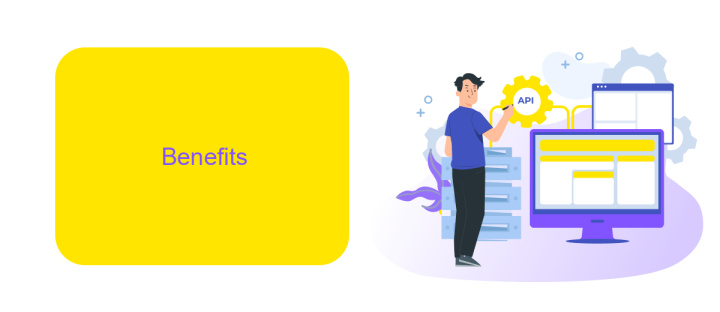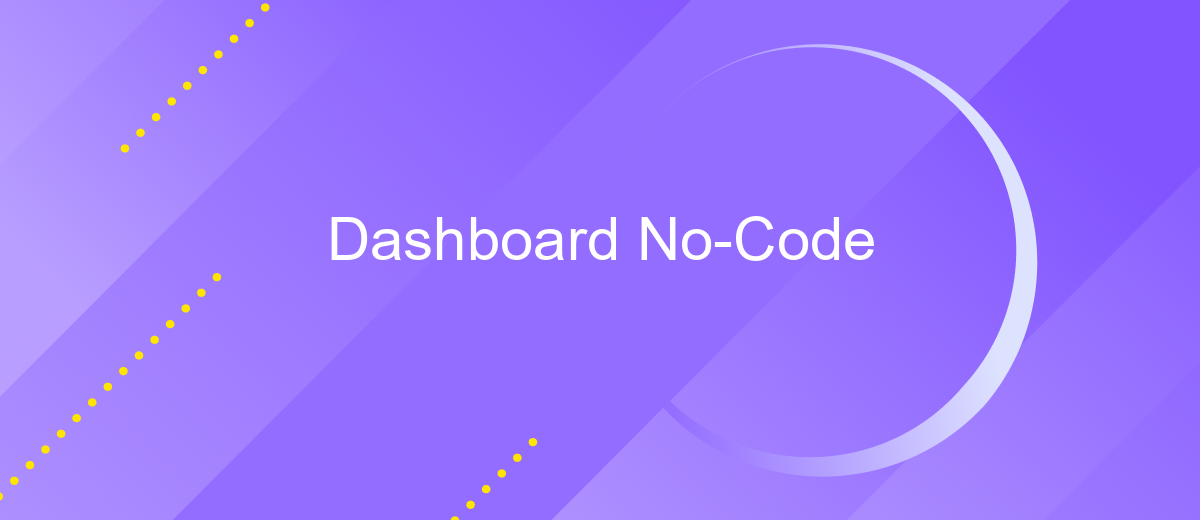Dashboard No-Code
In today's fast-paced digital world, having real-time insights is crucial for making informed decisions. No-code dashboards empower businesses and individuals to create dynamic, interactive visualizations without needing extensive programming skills. This revolutionizes data accessibility and usability, enabling users to focus on analysis and strategy rather than technical hurdles. Discover how no-code dashboards are transforming data management and decision-making processes.
Introduction
In today's fast-paced business environment, having access to real-time data is crucial for making informed decisions. Traditional dashboard development often requires extensive coding knowledge, making it inaccessible for many businesses. This is where no-code dashboard solutions come into play, empowering users to create powerful dashboards without writing a single line of code.
- Ease of use: No need for programming skills.
- Cost-effective: Reduces the need for specialized developers.
- Flexibility: Easily customizable to meet specific needs.
- Speed: Quick setup and deployment.
- Integration: Seamless integration with various data sources.
One of the key advantages of no-code dashboards is their ability to integrate with multiple data sources effortlessly. Services like ApiX-Drive simplify this process by allowing users to connect their dashboards with numerous applications and data streams. This ensures that all relevant data is consolidated in one place, providing a comprehensive view of business performance. As a result, businesses can make data-driven decisions more efficiently and effectively.
Benefits

No-code dashboards offer a multitude of benefits, making them a game-changer for businesses of all sizes. Firstly, they significantly reduce the time and cost associated with developing custom dashboards. Traditional dashboard development often requires specialized coding skills and extensive resources. With no-code solutions, even non-technical users can create and customize dashboards quickly, allowing organizations to reallocate their resources more efficiently.
Moreover, no-code dashboards enhance flexibility and adaptability. They enable real-time data integration from various sources, providing a comprehensive view of business metrics. For instance, services like ApiX-Drive facilitate seamless integration with multiple platforms, ensuring that your dashboard is always up-to-date with the latest data. This real-time insight empowers decision-makers to respond swiftly to changing conditions, ultimately driving better business outcomes.
Challenges

Creating a no-code dashboard can be an empowering experience, but it comes with its own set of challenges. These hurdles can range from data integration issues to customization limitations, which can impact the overall functionality and user experience.
- Data Integration: Connecting various data sources seamlessly can be complex. Tools like ApiX-Drive can simplify this process by offering automated integrations with multiple platforms.
- Customization: No-code platforms often have limited customization options, which can restrict the ability to tailor the dashboard to specific needs.
- Scalability: As data grows, the dashboard must be able to handle increased load without compromising performance.
- User Training: Even no-code platforms require a learning curve, and users may need training to fully utilize all features.
Despite these challenges, the benefits of using no-code dashboards are significant. They offer rapid deployment, cost savings, and the ability to make data-driven decisions without needing extensive technical skills. By leveraging tools like ApiX-Drive for integrations, many of these challenges can be mitigated, making the process smoother and more efficient.
Top No-Code Dashboard Tools

Creating dashboards without coding knowledge has become increasingly accessible thanks to a variety of no-code tools. These tools empower users to visualize data, monitor key metrics, and make data-driven decisions without the need for programming skills.
Among the top no-code dashboard tools, several stand out for their ease of use, integration capabilities, and robust features. These platforms allow users to connect multiple data sources, customize dashboards, and share insights effortlessly.
- Tableau Public: A free platform that allows users to create interactive dashboards and share them online.
- Google Data Studio: A versatile tool that integrates seamlessly with other Google services and various data sources.
- ApiX-Drive: This service facilitates the integration of various applications and data sources, streamlining the process of creating comprehensive dashboards.
- Microsoft Power BI: A powerful tool for data visualization and business intelligence, offering extensive customization options.
These no-code dashboard tools make it easier than ever to harness the power of data. By leveraging platforms like ApiX-Drive for seamless integrations, users can ensure their dashboards are always up-to-date and reflective of real-time information.


Best Practices
When creating a no-code dashboard, it's essential to focus on user experience and simplicity. Start by defining clear objectives and identify the key metrics that need to be displayed. This ensures that the dashboard remains intuitive and easy to navigate. Utilize visual elements such as charts, graphs, and color coding to represent data effectively, making it easier for users to understand and analyze information at a glance.
Integrations play a vital role in enhancing the functionality of your no-code dashboard. Use services like ApiX-Drive to seamlessly connect various data sources and automate data flows. This not only saves time but also ensures that your dashboard is always up-to-date with real-time information. Regularly review and update your dashboard to incorporate user feedback and evolving business needs, ensuring it remains a valuable tool for decision-making.
FAQ
What is a No-Code Dashboard?
Can I integrate my No-Code Dashboard with other software and services?
What types of data can I visualize on a No-Code Dashboard?
Is it possible to update the data in real-time on a No-Code Dashboard?
Do I need any technical skills to create a No-Code Dashboard?
Apix-Drive is a universal tool that will quickly streamline any workflow, freeing you from routine and possible financial losses. Try ApiX-Drive in action and see how useful it is for you personally. In the meantime, when you are setting up connections between systems, think about where you are investing your free time, because now you will have much more of it.

